| From September 16, 2024, telecommunications carriers will stop providing services to terminal devices that only support the GSM (2G) standard. If only 2G network technology is supported, mobile phone models will no longer be usable after September 16. In that context, the Department of Telecommunications (Ministry of Information and Communications) and carriers are making efforts to communicate and support users to convert 2G devices to 4G and 5G network technology. VietNamNet newspaper had an interview with Mr. Nguyen Phong Nha, Deputy Director of the Department of Telecommunications, on this issue. |
Could you tell us about the progress of the 2G shutdown roadmap? How many 2G subscribers are there now?
Mr. Nguyen Phong Nha, Deputy Director of the Department of Telecommunications (Ministry of Information and Communications): The policy to stop 2G technology has been developed by telecommunications enterprises for many years; this is the final stage, and there are still the last months before we stop providing 2G services to users.
The entire market has about 11 million 2G subscribers, meaning users only use 2G phones as terminals. This is a relatively large number. Stopping all these terminals within 2 months is a huge pressure. To achieve the goal, the most important thing is to fully inform users and accompany businesses.
In remote, border and island areas, these are areas where users do not have full access to information. Switching to phone models, even just 4G buttons, is more difficult for this group of people than for people in urban and delta areas. Communication work to users here needs to be carried out more strongly from now until September 15, 2024.
To do that, businesses need communication solutions, through text messages and sales channels. Departments of Information and Communications also need to develop plans and advise the People's Committees of provinces and cities to use appropriate local funds to communicate and support users to switch devices to 4G phones.
From the perspective of a state management agency, the Department of Telecommunications will coordinate with the Department of Grassroots Information to inform people through the grassroots information system.
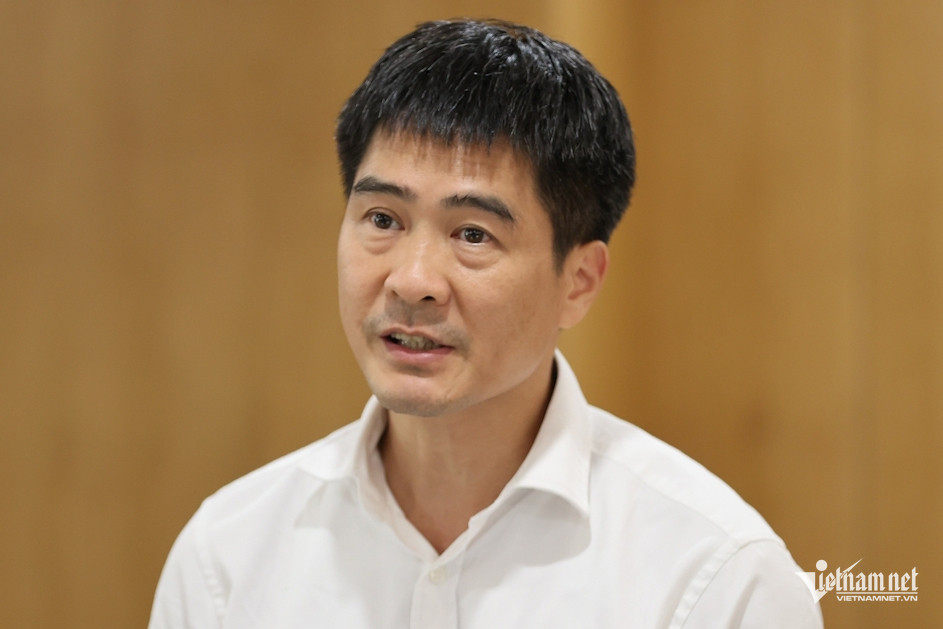
How will the financial support policy for users to switch to higher-end phones be implemented?
Mr. Nguyen Phong Nha: The Public Telecommunications Fund Program for the period 2021 - 2025 also mentions this content. From the perspective of the Ministry of Information and Communications, the Ministry is directing functional units to develop a decree to implement the Public Telecommunications Fund.
The Public Telecommunications Fund not only serves to stop 2G technology, but also has a larger goal of supporting network operators to deploy 4G technology infrastructure in difficult and remote areas and supporting users to switch to smartphones.
The main resource to help people switch devices will come from businesses. Businesses have many support policies, from free data services for a period of time, to supporting users to buy terminals so they have the opportunity to access phone models with newer technology.
The goal of turning off 2G is to help people access new technologies. So how can people understand the benefits of using smartphones and get closer to digital services?
Mr. Nguyen Phong Nha: When switching from 2G phones to 4G phones or higher, in addition to traditional services such as voice calls and text messages, users can also access Internet-based services. Through this, users can use public administrative services and have the opportunity to become familiar with digital services.
Turning off 2G is an opportunity for many mobile users to access information via the Internet, learn digital skills to form a digital society and digital economy. However, users also need to pay attention, learn carefully and accurately when using new services to avoid unnecessary consequences.

There are only 2 months left until the deadline to stop providing 2G services. What should network operators do to convert more than 11 million existing 2G subscribers?
Mr. Nguyen Phong Nha: Network operators have been upgrading their network infrastructure to ensure 4G coverage is similar to 2G. Now, network operators need to continue communicating the discontinuation of 2G technology to each subscriber who has not yet converted.
There are many solutions to communicating to users. Network operators can share experiences with each other, like when responding to the Covid-19 pandemic. For example, every time a call is made, users can receive a ringtone that is information about the discontinuation of 2G technology.
Network operators also need to increase communication via websites, expand customer care hours, and increase the number of call center operators to ensure that users, especially those in remote areas, can access information and avoid service interruptions.
What do people need to prepare for the policy of turning off 2G waves?
Mr. Nguyen Phong Nha: What people need most is information. Users need to fully understand the benefits and what needs to be done when switching. When they have full information, there will be consensus between users and service providers. Users also need to understand information about financial support from network operators when switching terminal devices.
Thank you!
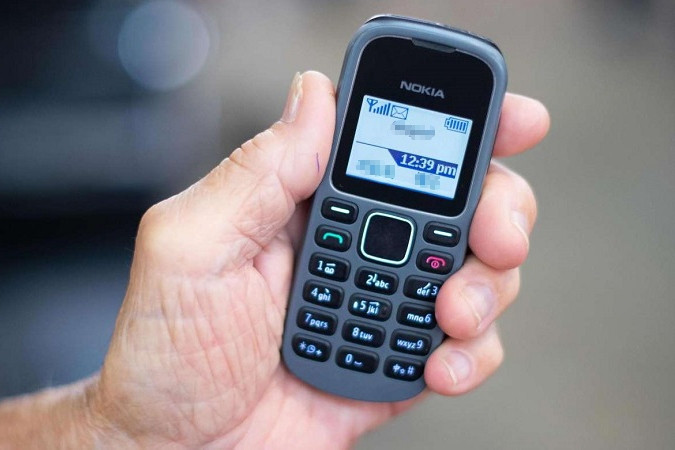
Source: https://vietnamnet.vn/tat-song-2g-11-trieu-nguoi-dung-di-dong-phai-doi-dien-thoai-moi-2303346.html






![[Photo] Vietnam and Sri Lanka sign cooperation agreements in many important fields](https://vphoto.vietnam.vn/thumb/1200x675/vietnam/resource/IMAGE/2025/5/5/9d5c9d2cb45e413c91a4b4067947b8c8)



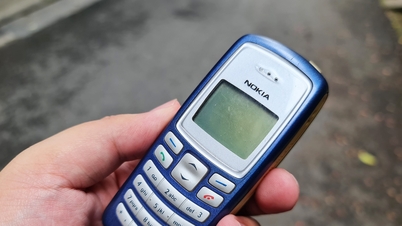

















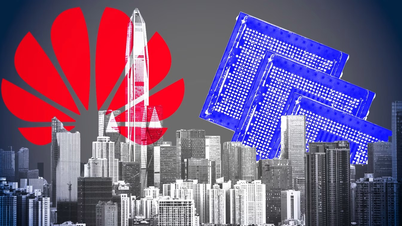



![[Photo] President Luong Cuong and Sri Lankan President Anura Kumara Dissanayaka visit President Ho Chi Minh relic site](https://vphoto.vietnam.vn/thumb/1200x675/vietnam/resource/IMAGE/2025/5/5/0ff75a6ffec545cf8f9538e2c1f7f87a)










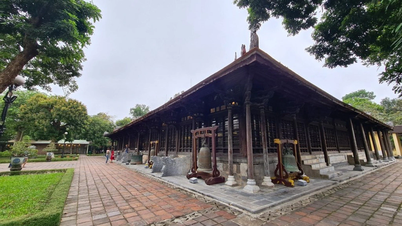
















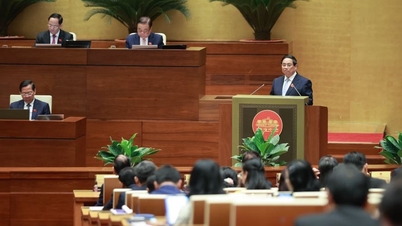

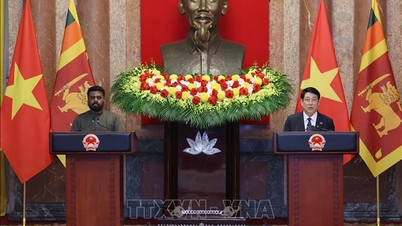
![[Photo] President Luong Cuong presided over the welcoming ceremony and held talks with Sri Lankan President Anura Kumara Dissanayaka](https://vphoto.vietnam.vn/thumb/402x226/vietnam/resource/IMAGE/2025/5/5/351b51d72a67458dbd73485caefb7dfb)

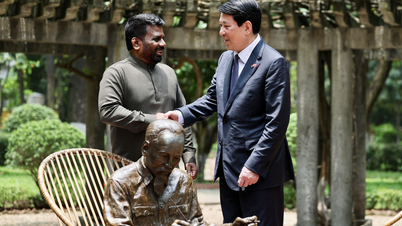
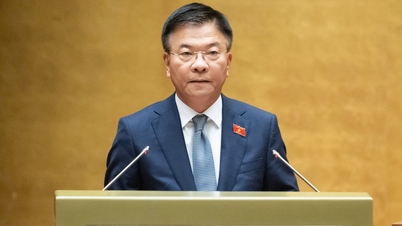



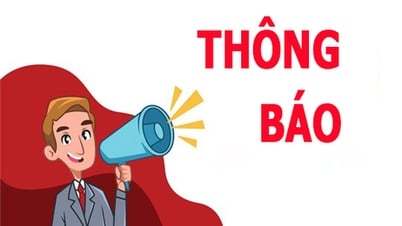


























Comment (0)